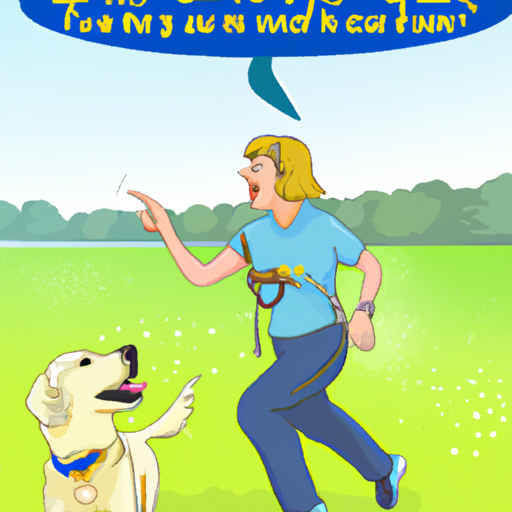As a caregiver for your beloved pet, training them to obey your commands is an important part of ensuring their safety and well-being. One of the most essential commands to teach your dog is “come”. This command can help prevent accidents and mishaps, and it can also make outings more enjoyable for both of you. In this guide, we’ll walk you through a comprehensive step-by-step process to train your dog to respond to the “come” command effectively.
Understanding the Importance of the “Come” Command
Before you dive into the training process, it’s crucial to understand why teaching the “come” command is so important. It’s more than just a convenience—it’s a lifesaver. A dog that responds reliably to the “come” command is less likely to run into traffic, approach potentially dangerous animals, or get lost when off-leash.
Setting the Stage for Successful Training
You’ll need to create an environment conducive to learning for your dog to effectively teach the “come” command. Consider the following:
- Choose a quiet location: Start in an area with few distractions so your dog can focus on you and the task at hand.
- Use high-value rewards: Select treats or toys that your dog will find especially tempting.
- Be consistent: Use the same command and reward each time to avoid confusing your dog.
Step-by-Step Training Process
Step 1: Start Close
Start by standing a short distance away from your dog. Say their name followed by the command “come”. Use an upbeat, inviting tone.
Step 2: Reward
When your dog comes to you, immediately reward them with the chosen treat or toy and plenty of praise.
Step 3: Gradually Increase Distance
As your dog becomes more reliable in coming when called, gradually increase the distance between you and your dog.
Step 4: Add Distractions
Once your dog is consistently responding to the “come” command at a distance, begin adding distractions.
Common Mistakes to Avoid
While training your dog, it’s as important to know what not to do as it is to know what to do. Avoid these common mistakes:
- Calling your dog for something unpleasant: If the “come” command is always followed by something your dog dislikes, they’ll start associating the command with negative experiences.
- Punishing your dog when they come: This can discourage them from responding to the “come” command in the future.
Patience is Key
Remember, training a dog takes time and patience. Don’t expect immediate results. Consistency and positive reinforcement are key to successful dog training.
Practice Makes Perfect
Training doesn’t stop once your dog responds to the “come” command correctly. Regular practice in various environments and scenarios will ensure that your dog’s response remains consistent.
Frequently Asked Questions
Q: How long does it take to train a dog to come?
A: It varies between different dogs. Patience and consistency are key.
Q: What if my dog refuses to come?
A: Avoid turning the situation into a game of chase. Instead, try moving away from your dog, which might encourage them to follow you.
Q: Can older dogs be trained to come?
A: Yes, while it might take longer, older dogs can learn new commands.
Training your dog to come ensures their safety and your peace of mind. This guide provides you with the necessary steps and strategies to effectively train your dog. With patience and consistency, you can successfully teach your dog to come when called, no matter the situation.



